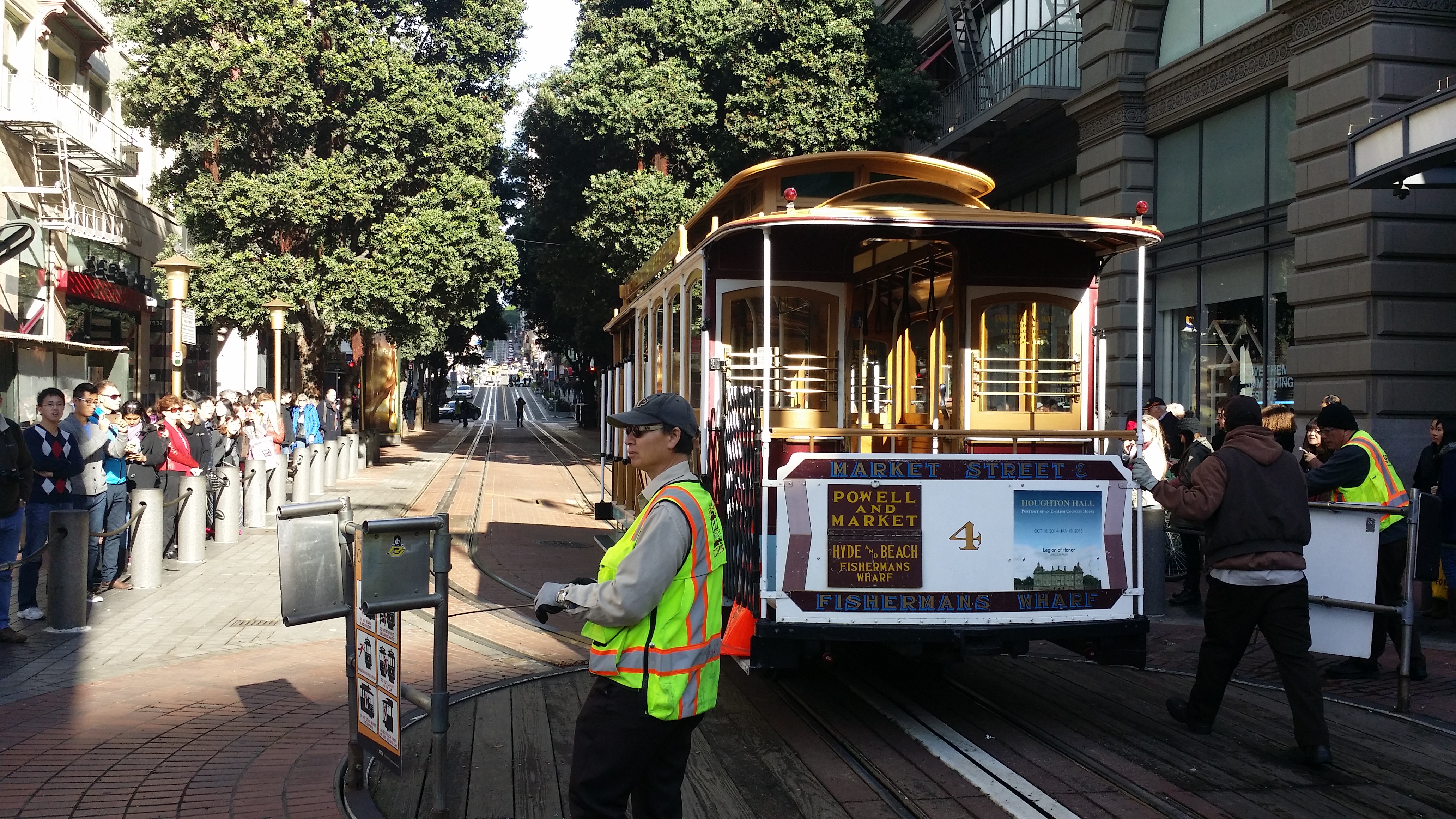So yeah, this old FORTRAN guy is using a zero-index reference like those snooty C guys. The American Geophysical Union 2014 Fall meeting (AGU14) doesn’t officially start until tomorrow, but registration is open today and there are a couple of mission-specific meetings. The one I’m responsible for attending and engaging in meaningful participation is the Voyager SSG. Five hours of exploring the future direction of our greatest and most productive robotic mission ever. BRING IT!
In the meantime, I continue to work on bringing the Advanced Composition Explorer’s (ACE) Electron Proton Alpha Monitor (EPAM) data production fully up to date. The basic Level 2 rate data are ready for consumption, but more refined Level 3 fluxes and energy spectra are still on their way. Thankfully, the hotel wifi doesn’t block VPN connections. At least I got the pretty pictures (aka color spectrogram plots) up for viewing.
I’ll update this post throughout the day. …more to come!
Evening Update
What a cool day! Five hours of listening to space science lectures doesn’t get most people excited, but wow, there were some very cool things discussed! How much turbulence is there in the Local Interstellar Medium, or even along the heliopause? Is our heliosphere’s tail bifurcated? There were some neck-level questions being asked about the outer reaches of our solar system, and all this leads into the preparation for the 2015 Senior Review. The Voyagers have plenty of hydrazine to last a long time, provided we can keep it from freezing, but the mission-limiting factor is power and money. The power issue centers on the 18 W needed to power the gyros during a fault protection event. The money issue is up to the Senior Review board, but it looks like the Voyager team has a lot of seriously important work ahead of them exploring a region of space that we’ve never seen before, and likely won’t visit again in our lifetimes.

